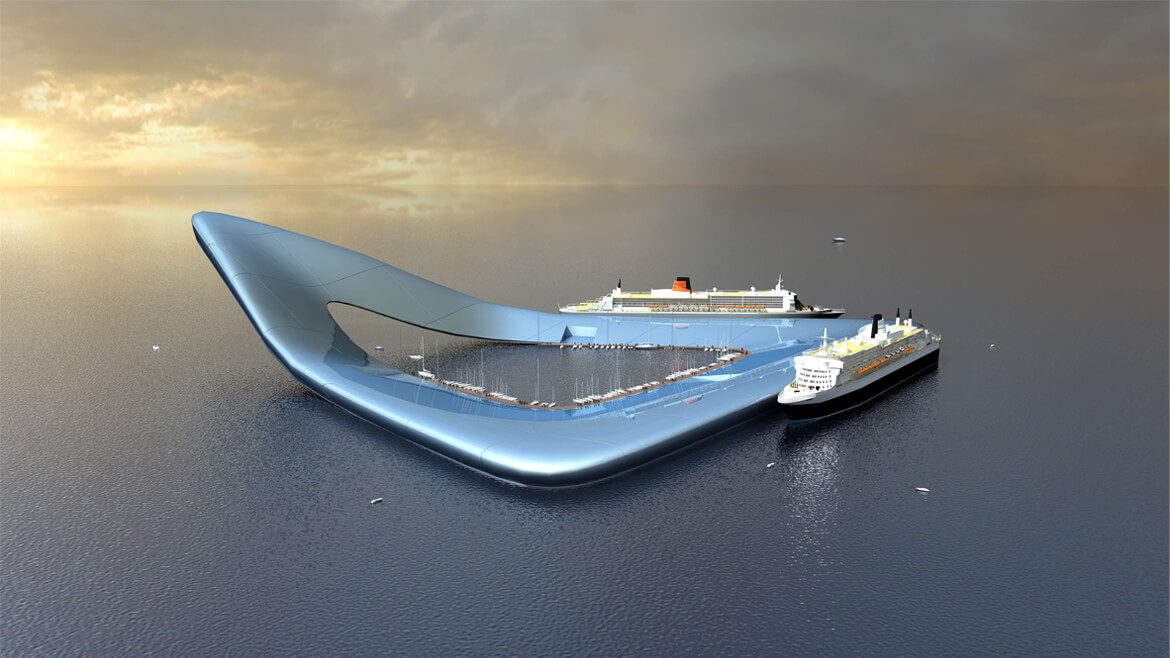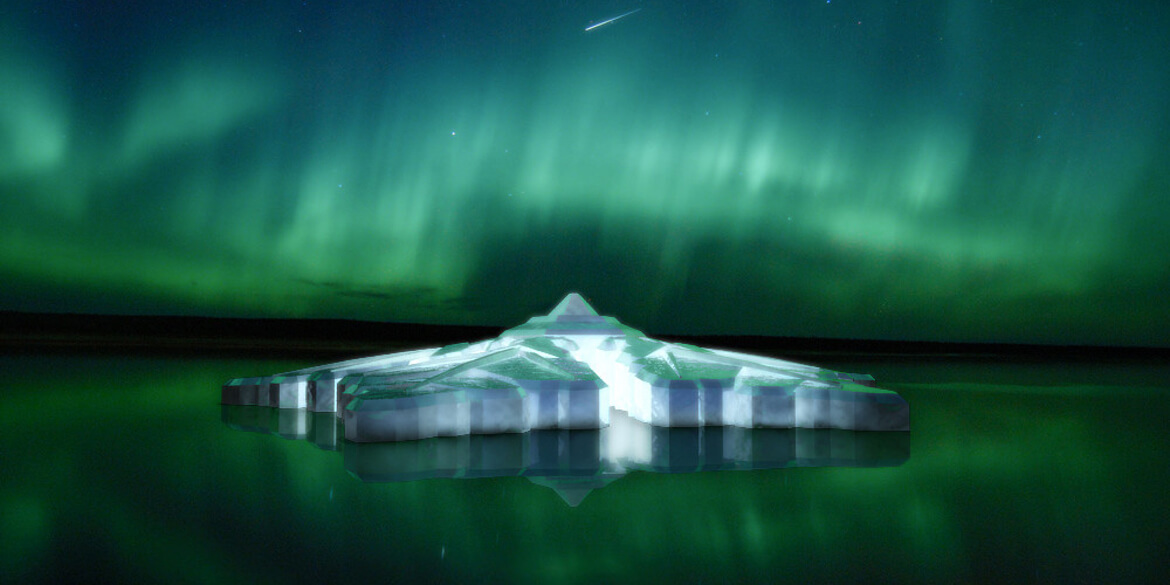
Holländskt flyt mot stigande havsnivåer
By Sebastian van Baalen
Syre
August.2015
Sebastian van Baalen – 2 år sedan
Han kallas den flytande holländaren och har utsetts till en av världens viktigaste tänkare av the Times. Koen Olthuis är en nederländsk arkitekt som propagerar för att holländarna måste lära sig att leva med stigande havsnivåer. Men hans
idéer har implikationer långt bortom Nederländerna.
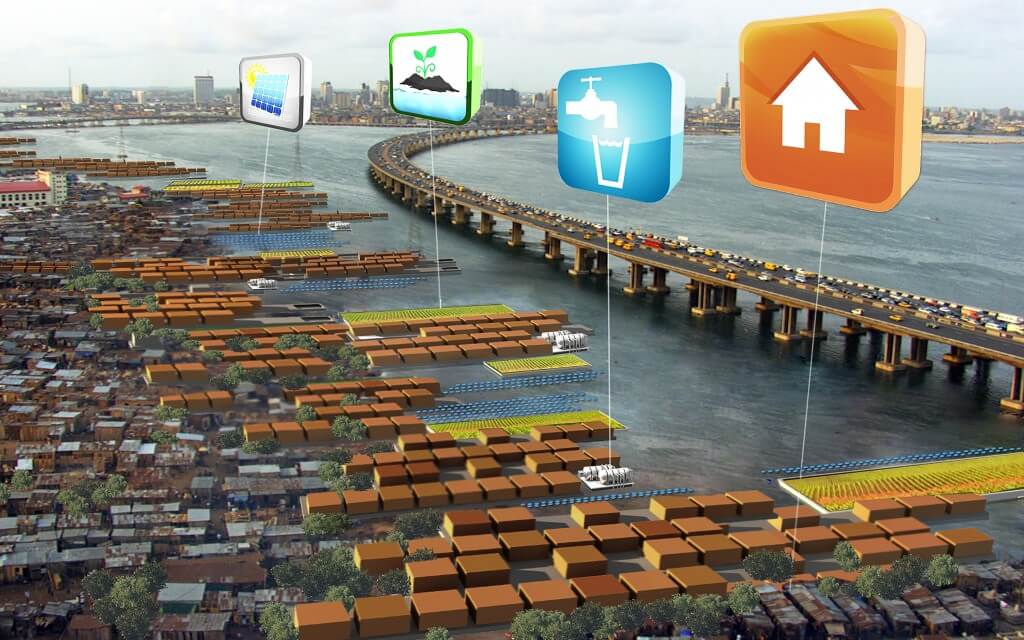 Med hjälp av cityappar vill arkitekterna på Waterstudio tillgodose grundläggande behov i världens vattennära slumområden. Foto: Sebastian van Baalen
Med hjälp av cityappar vill arkitekterna på Waterstudio tillgodose grundläggande behov i världens vattennära slumområden. Foto: Sebastian van Baalen
Nederländerna är ett av världens lägst liggande länder med omkring 20 procent av landets yta under havsnivå och ytterligare 30 procent i riskzonen för omfattande översvämningar. Men trots århundraden av erfarenhet av att bygga vallar, kanaler och pumpstationer menar arkitekten Koen Olthuis att framtiden ligger på vattnet. Han har patent på flytande husgrunder och de senaste tolv åren har han ritat över 100 flytande hus i Nederländerna.
– Lösningen fanns i familjen hela tiden, förklarar han medievant. Min mammas familj jobbade inom skeppsindustrin och min pappas familj var arkitekter. Jag har helt enkelt tagit det bästa av två världar.
Enligt Koen Olthuis är flytande byggnader lösningen på flera olika problem; stigande havsnivåer, platsbrist i storstadsområden och behovet av dynamiska städer. – Städer är inte perfekta, de är korkade. Världen förändras ständigt men städerna är statiska och kan inte anpassas snabbt nog. Genom att bygga på vattnet kan man göra staden dynamisk, funktioner kan distribueras dit de behövs, när de behövs.
Lyxbostäder och konstgjorda öar signerade Koen Olthuis finns bland annat i Dubai och på Maldiverna. I Nederländerna, ett land där platsbristen är akut, har Koen Olthuis idéer resulterat i flytande bostadsområden. I sin bok Float! propagerar han för att användningen av flytande husgrunder kan möjliggöra så kallad depolderisering i Nederländerna, det vill säga att grundvattennivån tillåts stiga i torrlagda områden. Men det var när han uppmärksammade problemet med slumområden som han insåg konceptets fulla potential.
Flytande cityappar
Enligt FN förväntas omkring två miljarder människor leva i slumområden år 2030. Dessa bosättningar är ofta semitemporära då invånarna ständigt hotas med avhysning eftersom de formellt varken äger marken eller sina bostäder, något som försvårar utvecklingen av samhällsfunktioner i dessa områden. Men detta vill Koen Olthuis ändra på med hjälp av flytande cityappar.
– Många av världens slumområden ligger vid eller på vatten. Men när vi gjorde en studie i Bangladesh nämnde sluminvånarna förvånansvärt nog inte översvämningar som det främsta problemet – det var bristen på samhällsfunktioner. Och då är vattnet lösningen!
Precis som man laddar ner appar till sin smarta telefon för att ge den funktioner som saknas menar Koen Olthuis att man kan lägga till samhällsfunktioner i vattennära slumområden. Tillsammans med ett team av unga ingenjörer och arkitekter på sitt företag Waterstudio i Haag har han utvecklat flytande containers som huserar skolor, internetkaféer, sjukhus och sanitetsanläggningar, alla drivna av solpaneler. Dessa kan fraktas till slumområdena till havs. Jiya Benni jobbar med projektet.
– I de flesta slumområden saknas de juridiska förutsättningarna för att utveckla infrastrukturen. Fördelen med dynamiska cityappar är att de inte kräver bygglov. Skulle förutsättningarna förändras kan apparna helt enkelt bogseras bort.
Den första containern är nu på väg att placeras i Dhaka i Bangladesh. Men flytande cityappar ska främst ses som ett socialt företag enligt Jiya Benni.
– Varje cityapp har en affärsidé. Tanken är att lokala entreprenörer i slumstäderna kan hyra en city app på lång sikt och betala av kostnaden över tid. När appen har spelat ut sin roll i ett visst område kan den helt enkelt flyttas vidare. Lite som ett mikrolån.
Samtidigt erkänner Koen Olthuis att kostnaden för cityapparna än så länge är för hög.
– En flytande skola kostar för närvarande 45 000 dollar. Vi måste minska priset till 18 000 dollar för att det ska bli ekonomiskt hållbart.
Marinbiologer har bland annat påpekat att flytande byggnader kan störa de marina ekosystemen. Men Jiya Benni ser inte det som ett problem. – Jämfört med att torrlägga land är flytande byggnader definitivt mer miljövänliga. Visst kan konstruktionerna påverka mängden ljus som når botten, men det går att lösa med kreativ design. Vi samarbetar med oceanografen Jean-Michel Cousteau för att utveckla våra cityappar till naturliga ekosystem för fiskar.
Vatten som möjlighet Koen Olthuis framstår lika mycket som visionär som arkitekt. I hans visioner ingår flytande grönområden, flytande flygplatser och mobila och flytande flyktingläger.
Men vad är science fiction och vad är verkligen möjligt?
Faktum är att flytande städer har existerat sedan länge och stora slumområden ligger i dag på vattnet. Ett exempel är slummen Makoko i Nigera som är hem åt tiotusentals människor. Liknande samhällen återfinns i Hong Kong och Vietnam. Investeringar i sådana områden är ofta riskfyllda då infrastruktur riskerar att förstöras vid översvämningar. Även rikare länder har insett såväl nyttan som det estetiska med flytande byggnader; Seoul har en flytande ö på Hanfloden, Rotterdam ett mobilt konferens- och utställningskomplex på Nieuwe Maasfloden och Bristol en flytande plantträdgård. Men för Koen Olthuis handlar det om att förändra hur vi förstår staden.
– Mitt budskap är att vatten inte enbart är ett hot, utan också en möjlighet. Jag hoppas att det vi gör, mina idéer, kan spridas och locka människor att tro på idén. Min vision är att förbättra städer i hela världen.

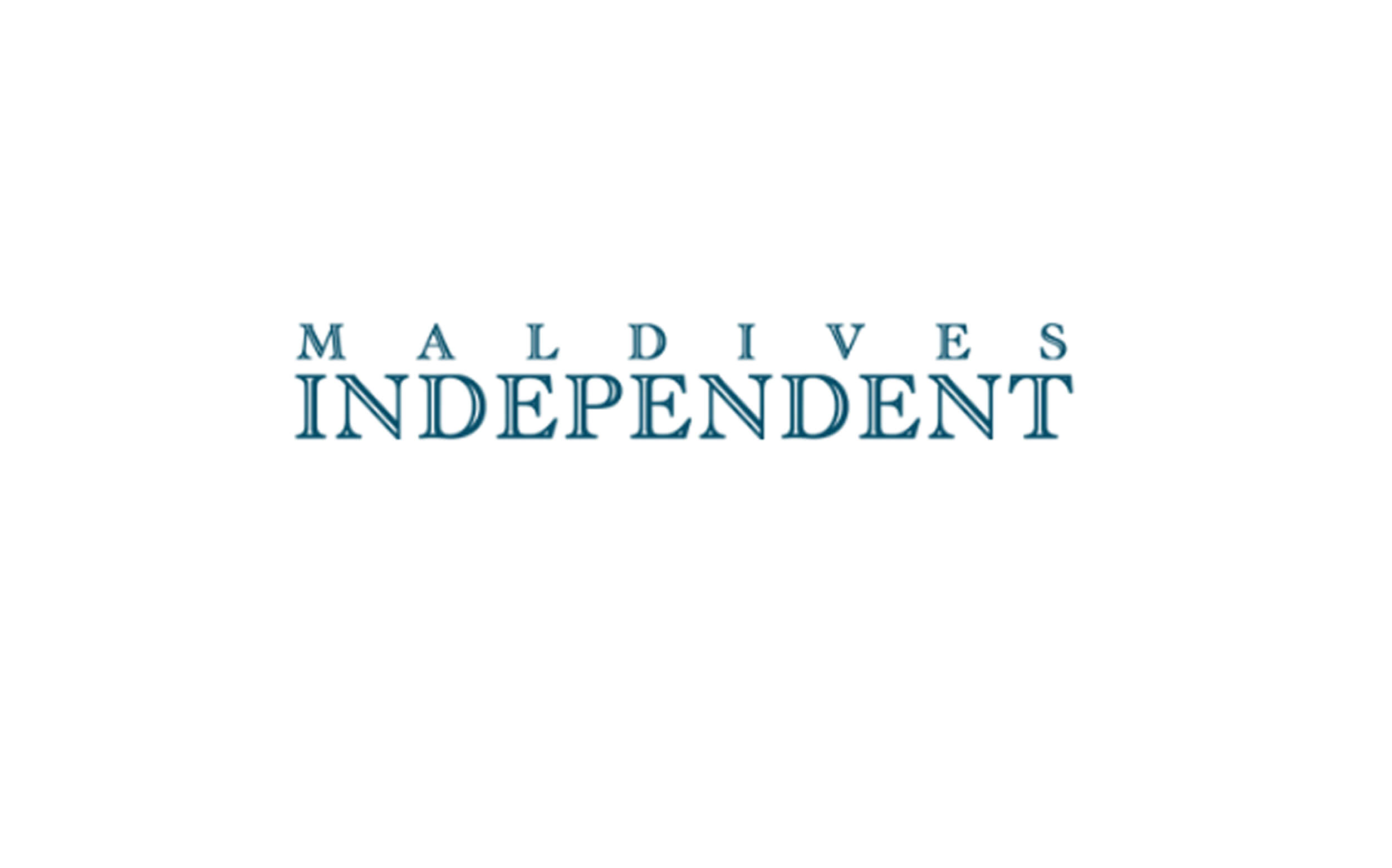
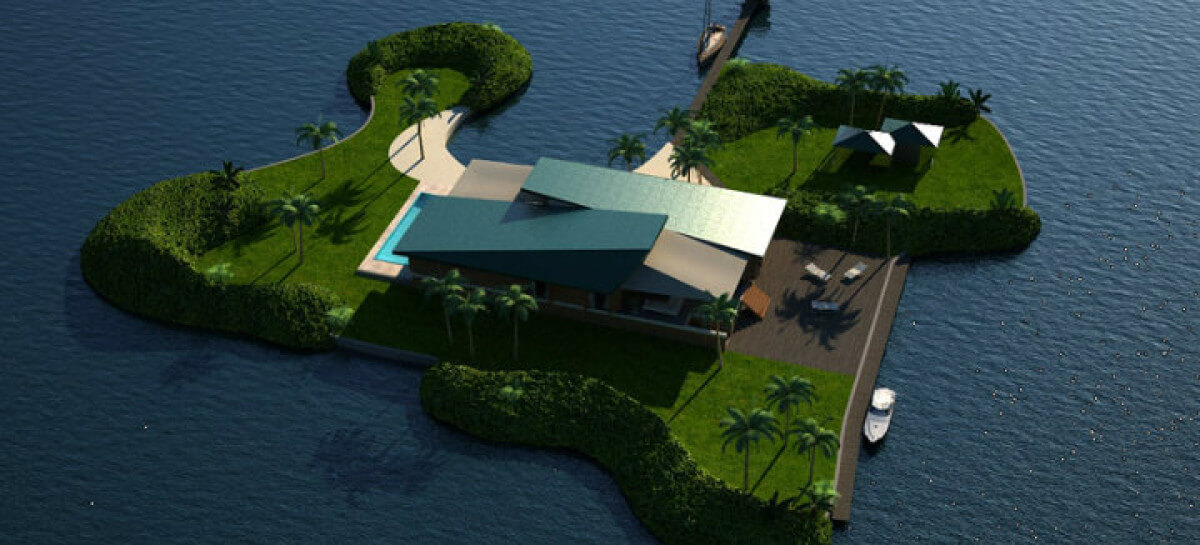








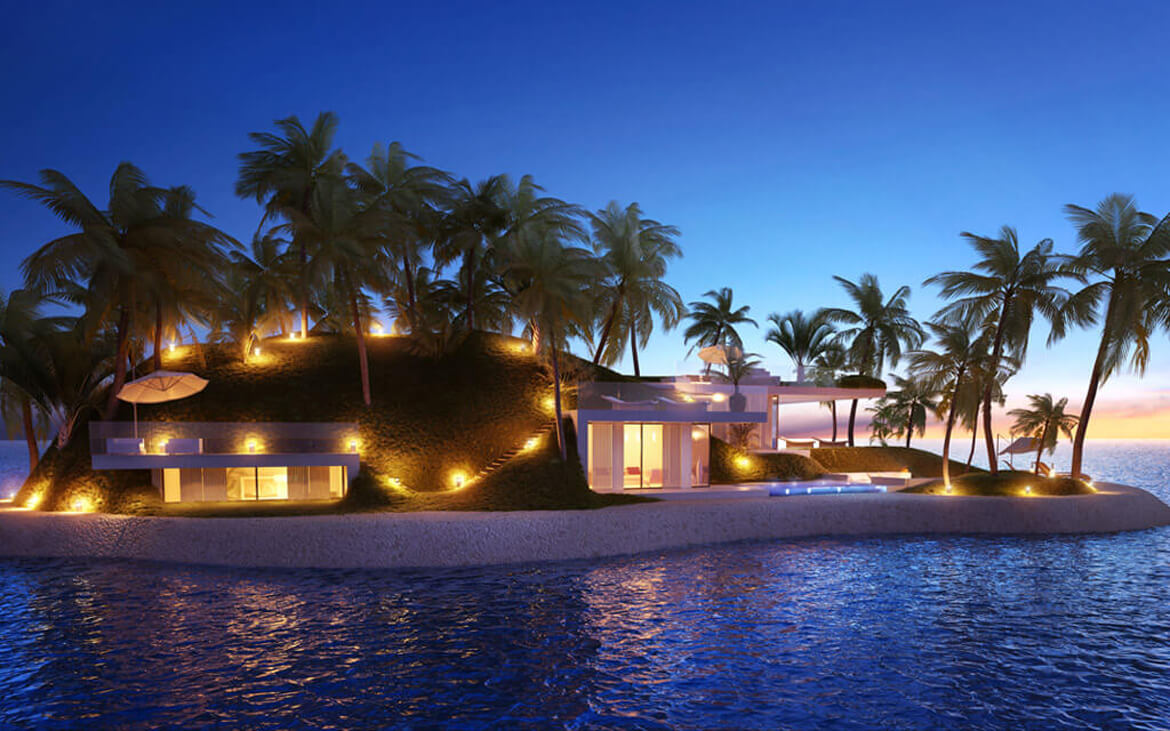

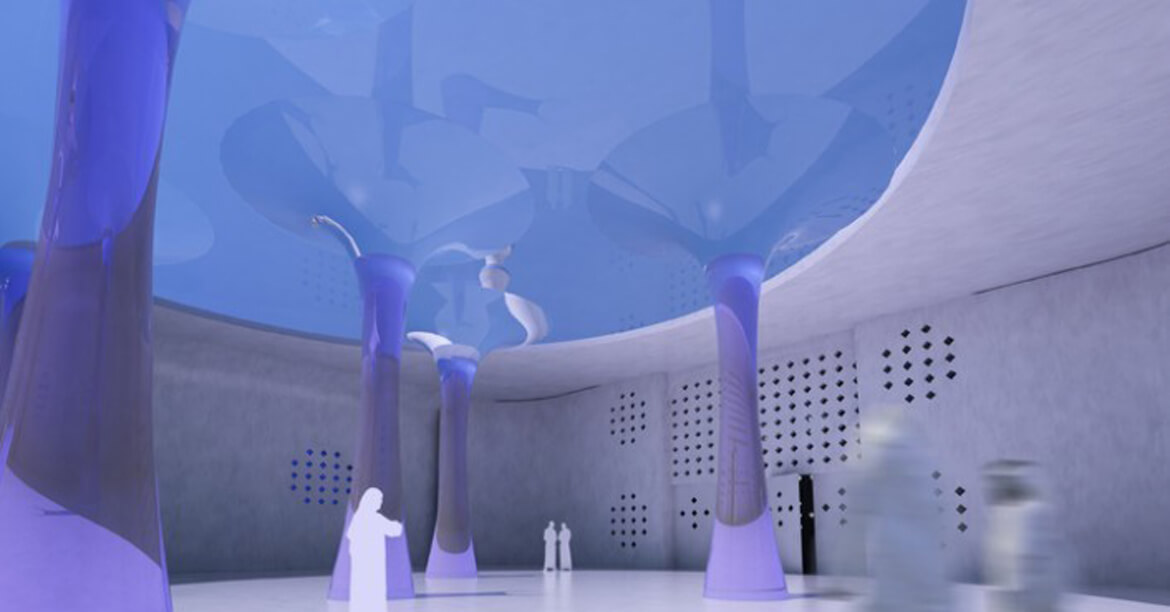


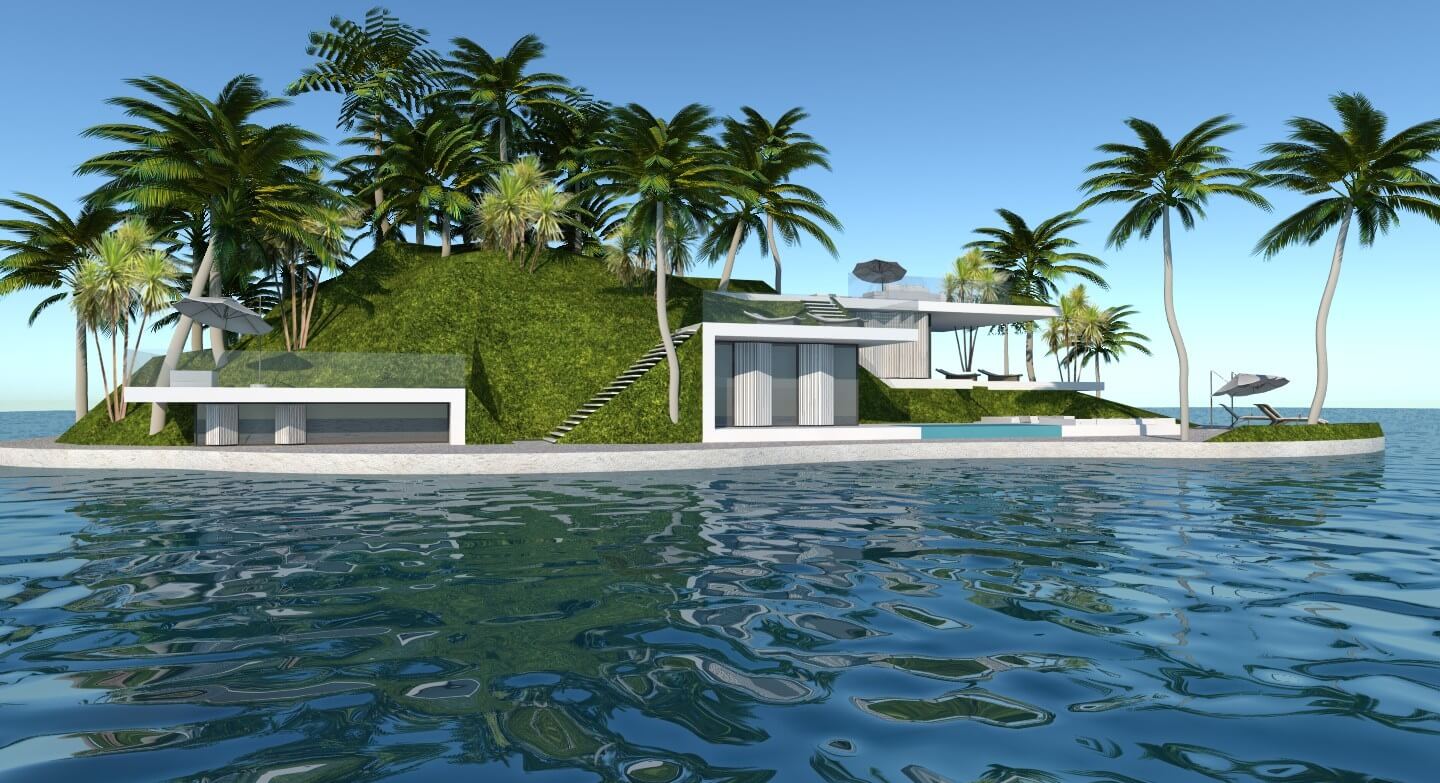 Oqyana Real Estate and Amillarah Private Islands will create will be 33 luxury floating private islands with each having a garden, pool and beach. (Supplied)
Oqyana Real Estate and Amillarah Private Islands will create will be 33 luxury floating private islands with each having a garden, pool and beach. (Supplied)
 By Haus mit Zukunft
By Haus mit Zukunft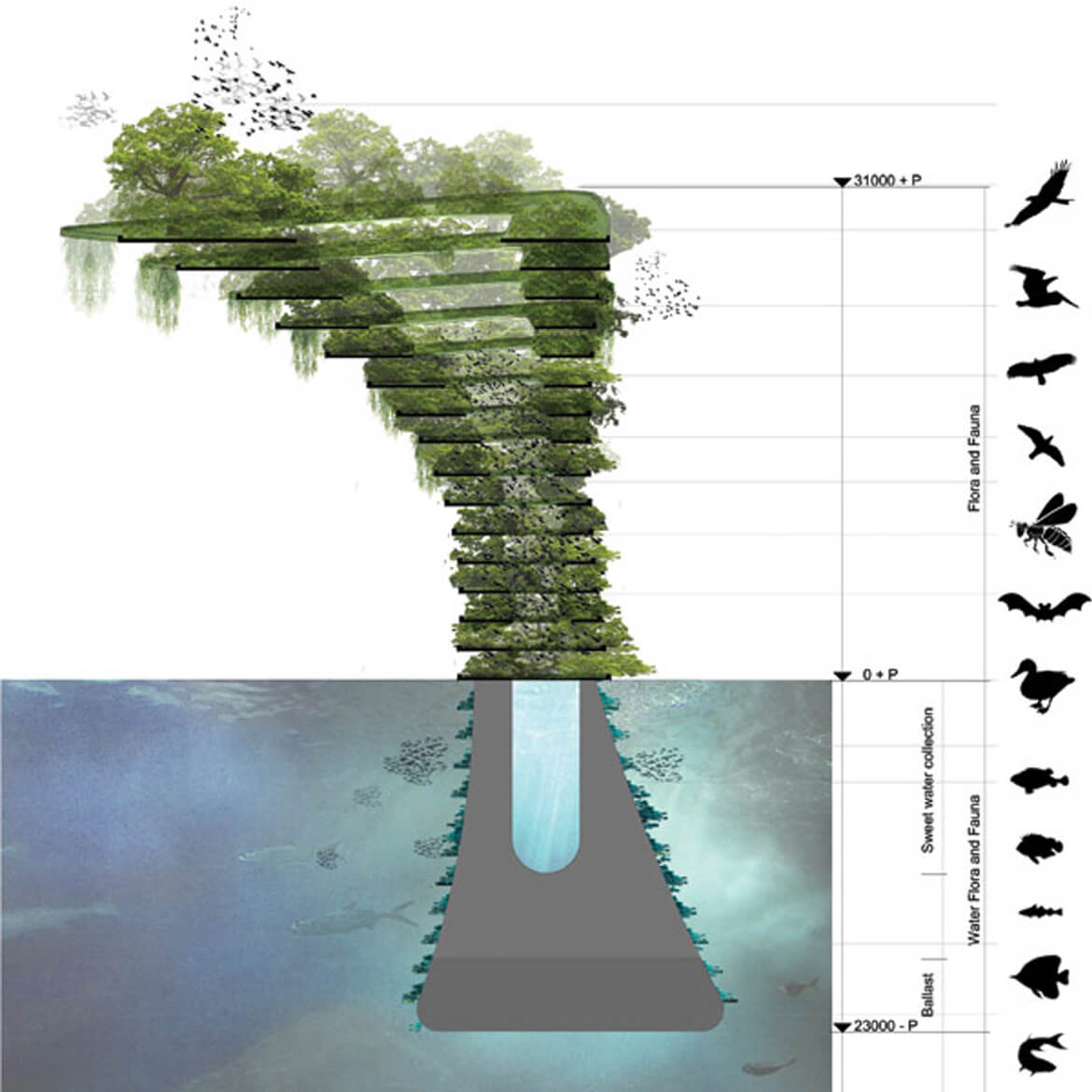

 City App on its location at Xpeditie Blauwestad
City App on its location at Xpeditie Blauwestad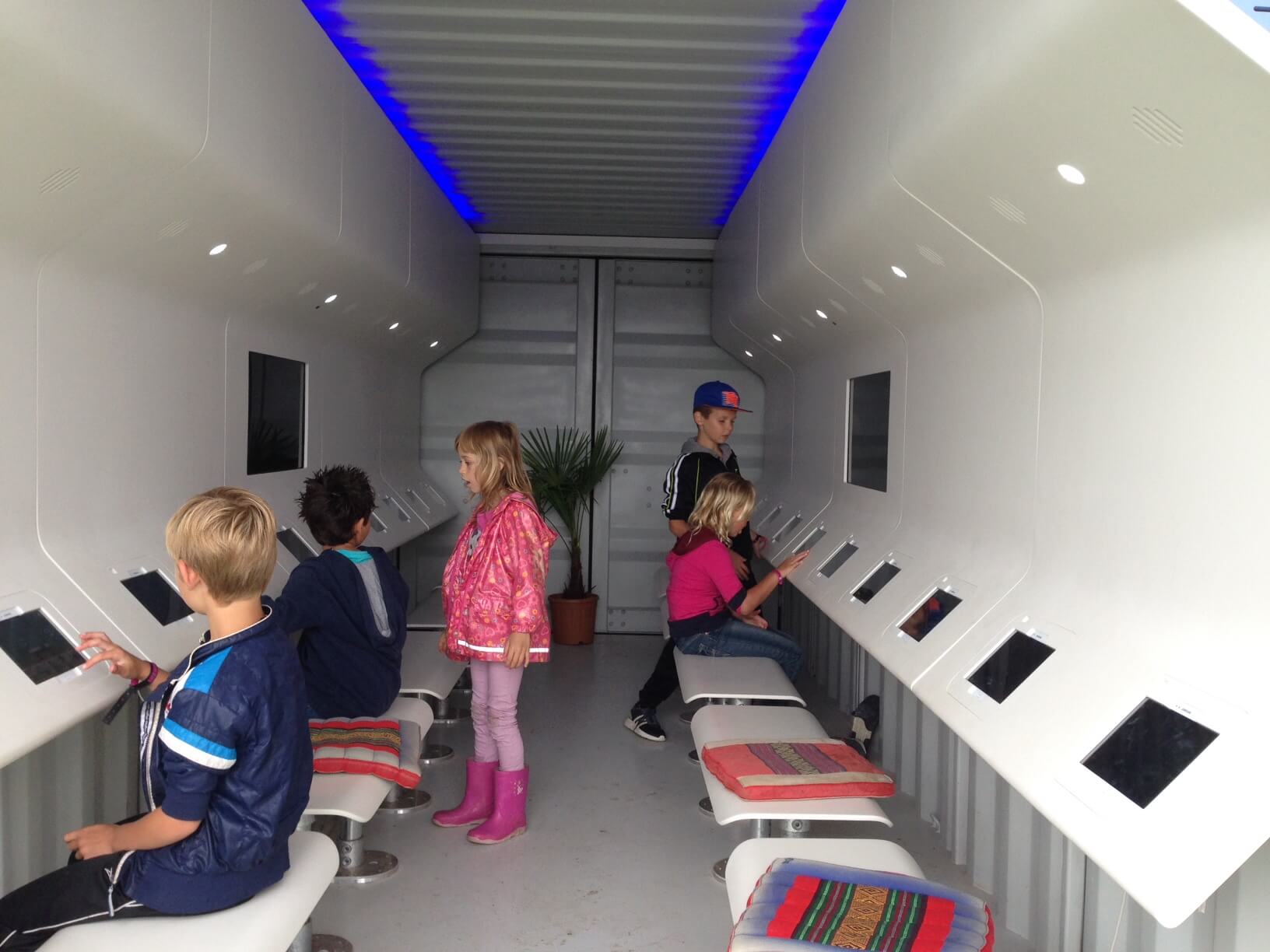 Children using the City App
Children using the City App
